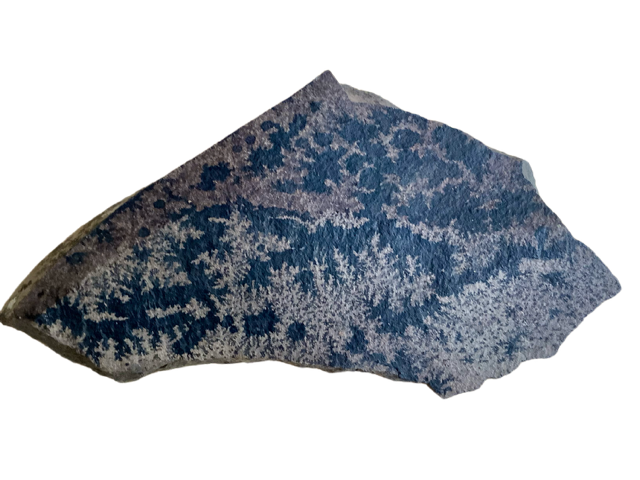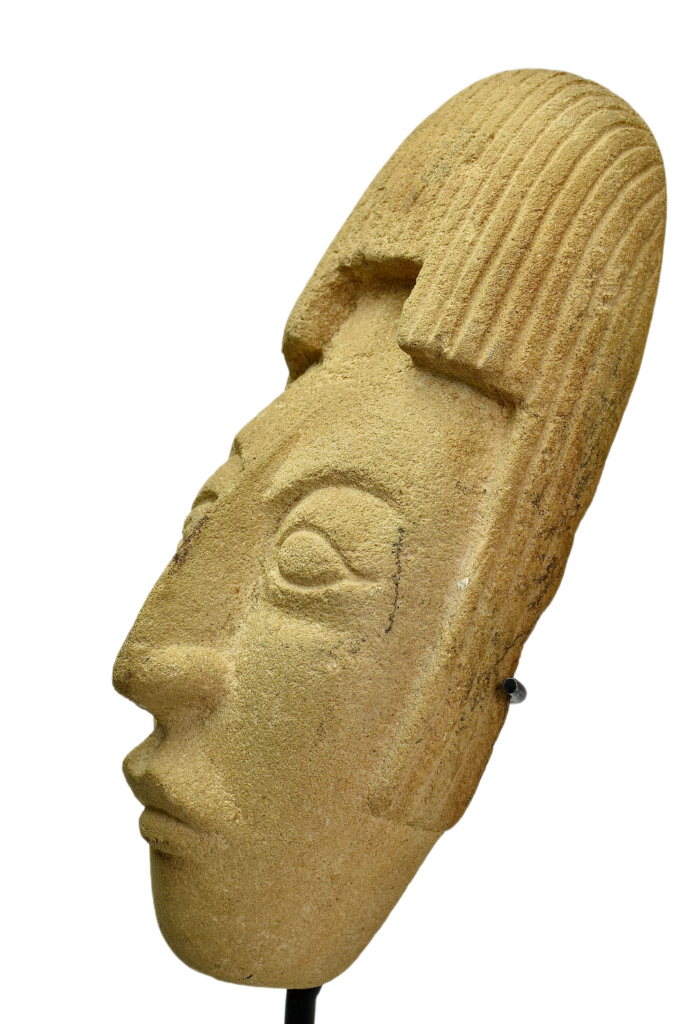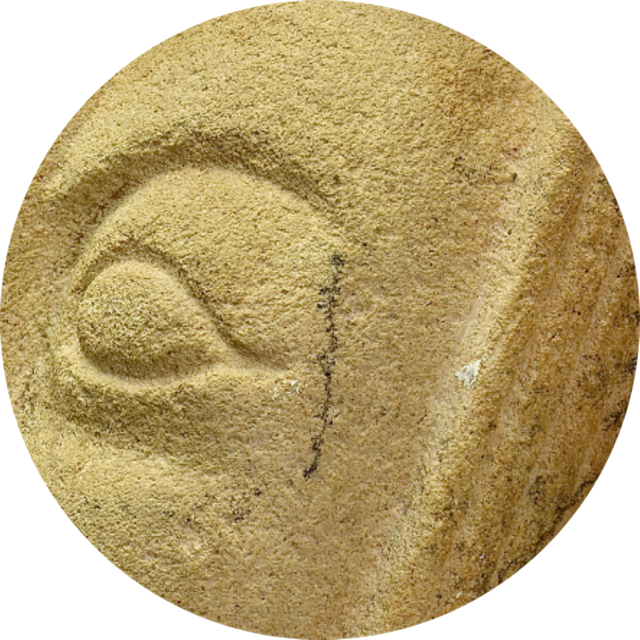Understanding Manganese Dendrite Formation on Stone and Pottery
Manganese dendrites are fascinating natural formations on various surfaces, including stone and pottery. These dendritic patterns, named for their resemblance to tree branches or ferns, are formed by the crystallization of manganese oxides. These patterns are beautiful and scientifically significant, offering insight into the geological and environmental conditions that existed when they were created. Understanding the process behind their formation and the timeframes involved requires a closer look at both chemical reactions and environmental factors.

The Science Behind Manganese Dendrites
Manganese dendrites form through mineral crystallization, where manganese oxides precipitate out of solution and grow in a branching, tree-like structure. Manganese, an element in the earth’s crust, is highly reactive with oxygen and water. Under specific conditions, manganese oxides such as pyrolusite (MnO2) can begin to form. When manganese-rich water seeps through cracks or porous surfaces, such as stone or clay pottery, it can deposit these oxides.
This chemical process is influenced by the interaction of several factors, including water, oxygen, and certain organic compounds that may act as catalysts. The result is a series of crystallization events that create intricate dendritic patterns. These patterns are typically dark in color, ranging from deep brown to black, depending on the specific manganese compound present.
In some cases, manganese dendrites may also form alongside other minerals, adding to the complexity of the formations. While manganese dendrites are often mistaken for fossils due to their appearance, they are purely inorganic structures created by natural chemical processes.
The Formation Process: How Do Dendrites Develop?
The development of manganese dendrites can be explained by a process known as diffusion-limited aggregation (DLA). This process occurs when manganese ions in a solution move randomly until they come into contact with a surface, such as stone or pottery. Once these ions adhere to the surface, they crystallize into manganese oxide. As more ions join, the structure grows outward in a branching pattern, much like the growth of tree branches.
These patterns appear as dendrites, or branch-like structures, in the nature of diffusion-limited aggregation. Since the manganese ions are moving randomly and tend to attach to the edges of the growing crystal, the structure tends to spread outward in a fractal pattern. This creates the characteristic branching effect seen in manganese dendrites.
For dendrites to form, specific environmental conditions must be present:
There must be a source of manganese, either in the form of dissolved minerals in groundwater or from the decay of organic material that contains manganese.
There must be a porous surface, such as stone or pottery, where the dendrites can form.
The presence of water is essential, as the manganese must be transported through a solution to deposit and crystallize.
Timeframe for Manganese Dendrite Formation
The length of time it takes for manganese dendrites to form can vary significantly, depending on environmental factors and the availability of manganese. In general, dendritic growth is a slow process that can take hundreds to thousands of years to produce the intricate patterns often seen on artifacts. The exact formation rate is influenced by factors such as the concentration of manganese in the solution, the temperature and humidity of the environment, and the porosity of the surface on which the dendrites are forming.
In environments with a high concentration of manganese and favorable conditions, dendrites can begin to form relatively quickly—over decades. However, the growth rate of the dendrites slows as they increase in size due to the decreasing availability of manganese ions. As a result, large, complex dendritic patterns may take many centuries to develop fully.
On pottery, where dendrites may form due to prolonged exposure to moisture or manganese-rich water, the timeframe may be shorter than on natural stone. This is due to the porosity of the clay, which can accelerate the absorption and deposition of minerals. Even so, the formation of well-defined dendrites on pottery is still a process that occurs over a significant period, often taking several decades to form noticeable patterns.
Manganese Dendrites on Artifacts
Manganese dendrites are often found on archaeological artifacts, notably pottery, stone tools, and other objects that have been buried for long periods. The appearance of dendrites on these objects can provide valuable information about the conditions in which they were buried and the length of time they have been underground. For instance, dendrites on pottery may suggest that the artifact was buried in an area with high moisture content and access to manganese-rich water sources.
Dendrites may form on the surface of ancient stone artifacts due to weathering processes, where groundwater containing manganese oxides slowly percolates through the stone over centuries. The presence of dendrites can indicate that the artifact was exposed to weathering processes for an extended period, offering clues about the environmental conditions during its use or burial.
In some cases, manganese dendrites can also form post-burial, where environmental changes such as fluctuating water levels or shifts in soil chemistry introduce manganese-rich water to the surface of an artifact. This means that dendrites may not necessarily indicate the artifact’s age but rather the environmental conditions it has been exposed to over time.
The Lambayeque Stirrup Vessel and the Maya Stone Mask are courtesy of the Galeria Contici Collection, Florida.
Identifying Genuine Manganese Dendrites
One challenge archaeologists and collectors face is distinguishing genuine manganese dendrites from artificially applied decorations. Because dendrites are often mistaken for artistic designs, it is vital to understand their natural formation process and recognize the characteristics of authentic dendritic patterns.
Natural manganese dendrites will always follow the random, fractal-like growth patterns associated with diffusion-limited aggregation. This means the branches will have a high degree of complexity and never form regular or repetitive shapes. Additionally, natural dendrites tend to be embedded within the stone’s or pottery’s surface rather than sitting on top like a painted design.
In contrast, artificial decorations may show more uniformity and symmetry, lacking the randomness and intricacy of natural dendrites. Furthermore, artificial designs are often painted or engraved onto the surface, and their texture may differ from the surrounding material. Careful examination of the artifact under magnification can reveal these differences, allowing experts to authenticate the dendritic patterns.
Conclusion
Manganese dendrites are a natural wonder created through complex chemical processes that unfold over centuries. Whether found on stone or pottery, these intricate patterns provide valuable insights into the environmental conditions and timeframes that shaped the objects they adorn. Understanding the formation of manganese dendrites allows archaeologists and collectors to appreciate their beauty while recognizing their scientific significance. The next time you encounter one of these mesmerizing patterns on an ancient artifact, consider the hundreds or thousands of years it took to form and the natural forces that guided its creation.
The Formation and Appearance of Patina on Pre-Columbian Artifacts
Research Academic Papers and News Articles



